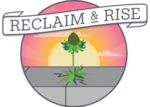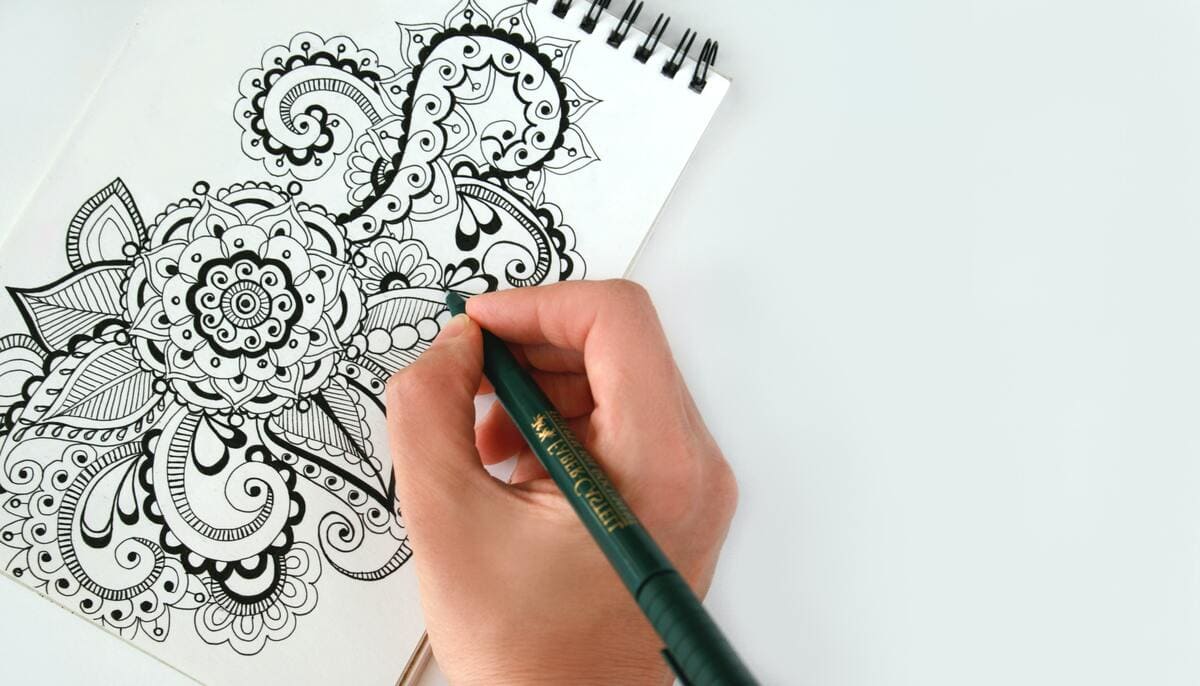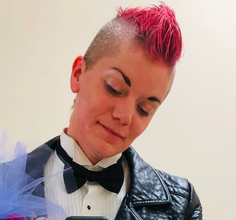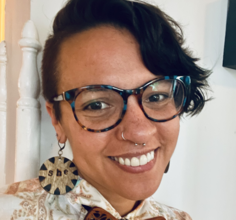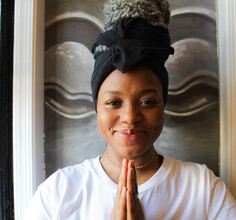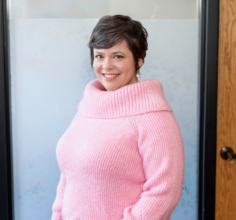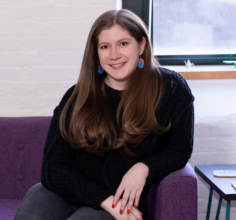When I was a grad student, I doodled my way through many a lecture. I think at the time I was just trying to stay awake, but later I came to understand that for some people movement helps to increase focus and aids learning. My doodling was a mishmash of random pen marks on the page, sometimes taking the shape of a common object—stars, flowers, cats—and other times looking like some form of rudimentary hieroglyphics.
Later when I was teaching grad school, I developed a wellness curriculum for counselors in training and needed to find some effective techniques for relaxation that I could include in the course. That’s when I stumbled upon Zentangle®! Created by Rick Roberts (a monk) and Maria Thomas (an artist), Zentangle is a method for drawing structured, repetitive patterns that results in an eye-catching piece of art. But wait, don’t leave now thinking this doesn’t apply to you because you’re not artistic! While many of the patterns, or what they call tangles, might look complicated at first glance, when you deconstruct them down to their simplest form, they are made up of dots, lines, simple curves, S-curves, and orbs drawn in repetition. Anyone can do it (I’ll talk more about how below). But having a lovely piece of work is not why I’m tell you about this process.
Mihaly Csikszentmihalyi, a positive psychologist, described a state in which you’re totally involved in what you’re doing, your mind isn’t wandering, the ego falls away, and time flies. He called it “flow”. Maybe you’ve found your mind in a flow state when you were engrossed in a jigsaw puzzle, reading, doing a craft, or playing sports. During that time, you’re less aware of yourself and your problems. People who experience flow report feeling enjoyment and peace. Thoughts and feelings about the past and future fall away and your full consciousness is directed towards what is happening right now, in this moment. In other words, you are experiencing mindful awareness.
Tangling creates the conditions for a flow state. Unlike doodling, which is mind-less, tangling is mind-full. The process is deliberate, purposeful, and simple. Yet there is no required outcome. In fact, a true Zentangle is never planned out. It’s also intended to be abstract. Because you don’t have to worry about the tangle resembling something specific or trying to force your lines to create an intended design, you can focus on each individual stroke of your pen and get lost in the making repeated pattern. Ah, a flow state!
In randomized controlled trials, researchers have found tangling improves psychological well-being in adults and children. For example, in one study1 participants who practiced Zentangle for 80 minutes per week had a significant reduction in anxiety symptoms and an improvement in self-compassion. Other studies have shown reductions in depression (older adults) and academic stress (teens), and increases in self-efficacy, pain management, and conflict resolution. Counselors have easily integrated Zentangle into their use of CBT and DBT as an additional tool to enhance their clients’ coping strategies.
The tools for tangling are simple: a piece of paper and a 0.25 mm black pen. You may add a pencil if you want to do some shading, but that’s not required. You’ll notice I didn’t mention an eraser. That’s because there is no right or wrong in tangling; there are no mistakes. The work is done in ink. If you place a mark somewhere you don’t want it, it’s up to you to decide how you want to incorporate it in your design. (If we want to get deep about this, we can say it’s a lot like life: we can’t erase what we’ve done, but we can learn how to incorporate it and move forward.)
I’ve seen, and created, Zentangles in many sizes, but the traditional material is a 3 ½” square piece of paper called a “tile”. I recommend starting with that size; anything smaller will be hard to draw on and anything larger will take you significantly more time. You start by placing a dot in each corner and then connecting the dots with a continuous line, forming a square. This is your border. If your paper is bigger than 3 ½”, you can draw a square roughly that size anywhere on the page. Within the border, draw a “string”. This is a line that divides the square into sections. The string’s shape can be a zigzag, swirl, X, circle, or just about anything else that divides the space. Next, use your pen to draw repeated small patterns (tangles) within each section of your divided square. There are hundreds of books, websites, and YouTube videos that can give you ideas for different kinds of tangles, but you don’t really need them. Think dots, lines, curves, orbs, etc., and fill your space with a repetition of these objects. Leave spaces white or fill them in with your pen—it’s up to you! There is no top or bottom, up or down. Feel free to turn the page as you draw or leave it steady. Your choice. Your finished Zentangle can be as simple or complex as you want. The goal is to free your mind as you focus on your hand and pen.
A word of warning: once you start tangling, it’s hard to stop! If you want to learn more about this art form, check out www.zentangle.com.
